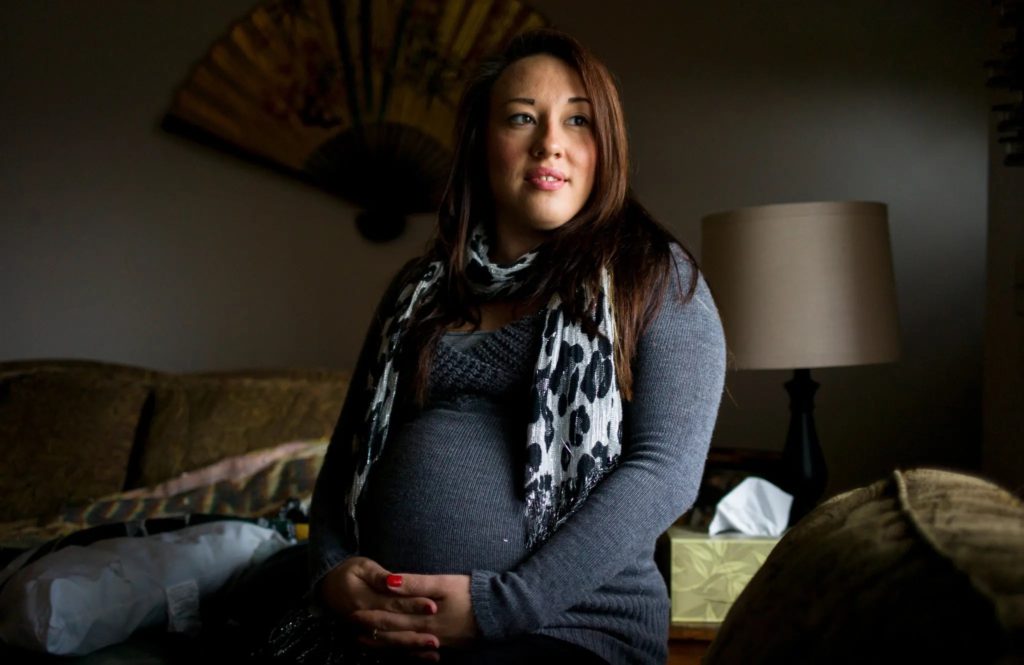
In the United States, children are routinely thrown into solitary confinement, often for the most trivial reasons and often for long periods of time. As of a study conducted last year, 28 states and the District of Columbia prohibit the use of punitive solitary confinement in juvenile correctional facilities. This list of 29 includes jurisdictions that allow up to four hours per day. Additionally, of these 29 states, 25 allow for solitary confinement for non-punitive reasons, such as so-called safety concerns. Of the 25, 12 allow for indefinite solitary confinement of juveniles … for their own good. These are the `good’ states. At the other end, seven states have no limits on solitary confinement of juveniles: Alabama, Georgia, Iowa, Kansas, Michigan, Texas, and Wyoming. The remaining 15 states offer a smorgasbord of juvenile solitary confinement offerings, ranging from six hours to 90 days. Four states allow for children to be thrown into the hole for more than 5 days. North Carolina and West Virginia allow for up to 10 days isolation. Until last year, California allowed for 90 days of isolation. As of January 1, 2017, new laws went into effect concerning California’s use of solitary confinement for children. With that change, Wisconsin became the winner of the race to hell, with its allowance of up to 60 days in isolation for children. This week, four children, and their attorneys, families, friends and supporters, said NO MORE, and filed a lawsuit. This is the story of Meranda Davis’ daughter, known as KD, currently held at Copper Lake School for Girls, one of two juvenile detention facilities in Wisconsin. It’s not a school, and it’s not for girls. It’s hell, and it has been so for a long time.
The lawsuit opens: “The State of Wisconsin operates the Lincoln Hills School for Boys and the Copper Lake School for Girls, which incarcerate approximately 150-200 youth who are as young as 14 years old, in remote northern Wisconsin. The State routinely subjects these youth to unlawful solitary confinement, mechanical restraints and pepper spraying. Prior to state and federal raids on the facility at the end of 2015, staff also regularly physically abused youth in the facility. Currently, Wisconsin’s juvenile corrections officials lock up approximately 15 to 20% percent or more of the facilities’ young residents in solitary confinement cells for 22 or 23 hours per day. Many of these children are forced to spend their only free hour of time per day outside of a solitary confinement cell in handcuffs and chained to a table. Officers also repeatedly and excessively use Bear Mace and other pepper sprays against the youth, causing them excruciating pain and impairing their breathing.”
While the situation is cruel and usual torture, the real point is that two years ago, the federal government put Lincoln Hills and Copper Lake Schools on notice, and not only did nothing happen, the situation actually worsened. As Laurence Dupuis, attorney for the ACLU of Wisconsin, noted, “Usually when the ACLU shows up, people start changing their habits and things get a bit better. We saw none of that here.”
Meranda Davis takes the story from there: “If you choose to steal cars, you deserve to wind up in a juvenile jail. I know that. But nobody deserves to be treated the way they treat people in there … She call me crying after getting out of solitary. They send kids for two weeks just for talking back in class. One time, they were punishing a girl in solitary, so they just fired a whole can of pepper spray into the unit. Everyone was coughing and crying. My daughter was coughing up blood … She said that they kept on throwing her in confinement and she basically lost her mind. She had a seizure. She just lost her mind and didn’t know what to do because she didn’t have any support. She just was like thrown in a room and nothing.” According to Meranda Davis, her daughter tried to kill herself, “There’s something really, really going on in that place for a 14-year-old, she was 14 at the time, to want to kill herself.”
There’s something really really wrong with a State and in a nation that drives children to suicide. Copper Lake School for Girls and Lincoln Hills School for Boys should be shut down, but that is only the beginning. We can’t continue to throw children into cages, we can’t continue to throw away their lives and the lives of their families and communities, and we can’t continue to condone and support torture. End solitary confinement of children now. End solitary confinement now. Without delay and without exception. As Meranda Davis said of her daughter, “She has big hopes and she is the reason I am standing here right now. I want her changed. I don’t want to see her come out a wicked person times 10.”

(Photo Credit 1: Kyle Rogers/Northwoods River News) (Image Credit: New York Times/Amanda Lanzone)



